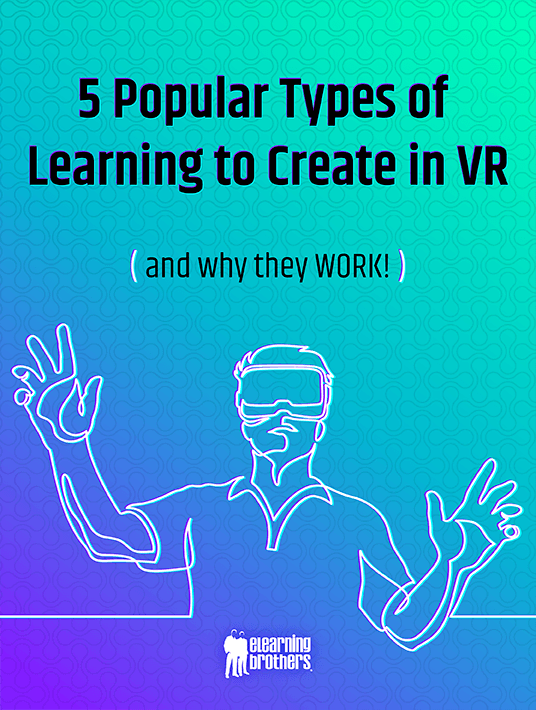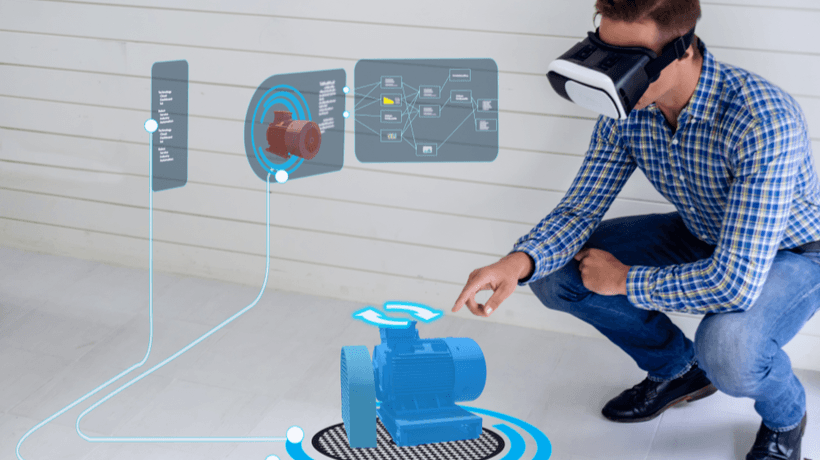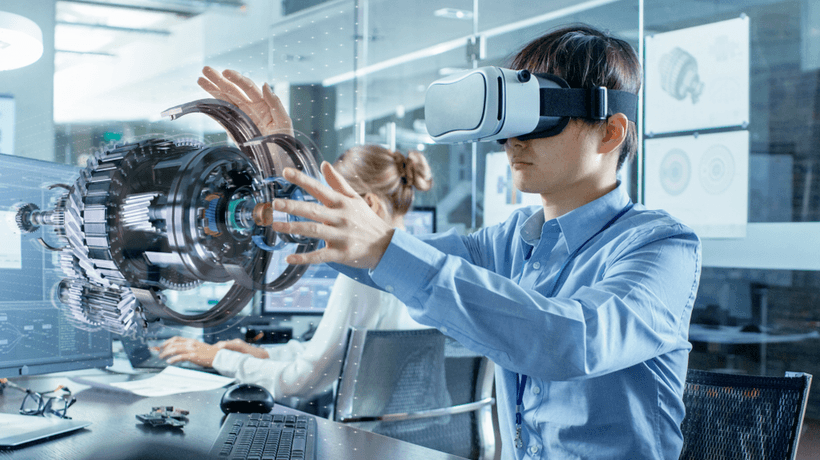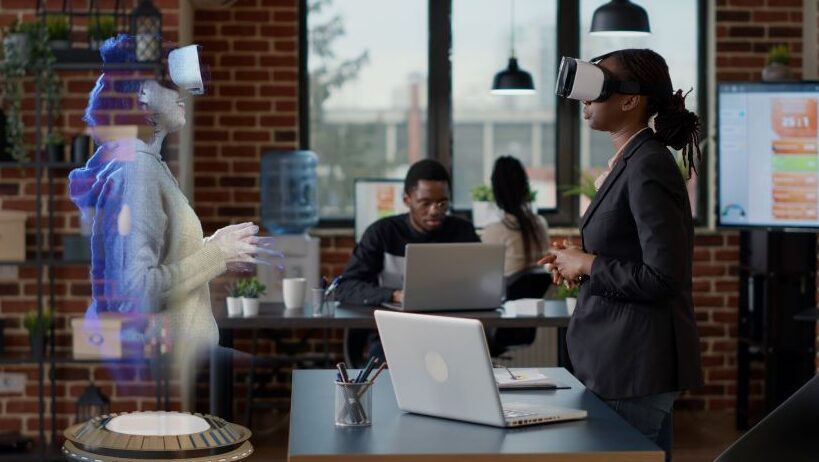The Power Of VR Training For User Education And Beyond
Software tools or systems, surgical devices, and even board games commonly require end user training or customer education in order for the customer to get the most out of the item they’ve purchased. Over the years, user education and training has evolved from lengthy user manuals to online videos to fully immersive experiences. Virtual and augmented reality videos are an engaging way to make customers feel more comfortable with a new product, procedure, or system.

2 Prime Examples Of VR Training For User Education
Take a look at these two unique ways to use immersive learning to educate potential customers or users of your products.
1. Patient Education
To encourage more adults to get regular colonoscopies, Thomas Jefferson University created an interactive immersive learning module using CenarioVR, a virtual reality authoring tool, that guides patients through the exam process to get them more comfortable with it.
Colorectal cancer is the third most common cancer in the United States, but it is also among the most preventable. Colonoscopies, which can detect early signs of cancer, are the gold standard for colon cancer prevention, yet many adults avoid undergoing this procedure.
Why It Works
Taking patients through the experience virtually beforehand increases their comfort level and awareness of the procedure. This makes them more likely to schedule and complete their colonoscopy. Delivering this same introduction and walk-through in person at a hospital or doctor’s office would be impossible due to scheduling and logistical constraints. With a virtual experience, anyone can familiarize themselves with the procedure from the comfort of their home.
According to a Thomas Jefferson University Hospital patient survey, 57% of patients found the module to be “extremely helpful,” while 14% found it “very helpful.” 71% of participants also agreed with this statement “I have sufficient knowledge of the colonoscopy procedure,” a 19% increase over findings on the pre-survey. Due to the success of the initiative, Thomas Jefferson University Hospital decided to roll out a similar module for mammograms.
2. Volunteer Training
As another example, instead of a text-heavy handout or printed guide, the American Heart Association created an interactive 360-degree learning experience to train volunteers on how to host Healthy for Life® Educational Experiences. The experience features 360-degree photos and clickable hotspots that open up short instructional videos.
Why It Works
The training features real people, making the content more memorable and relatable to volunteers. It covers a lot of information, but because it’s chunked into short videos and different sections, it’s easily digestible. It would be expensive for the American Heart Association to send trainers across the country to train volunteers in-person. Using an immersive learning module they can easily email to community organizers is a cost-effective way for the AHA to increase their reach and impact more people.
Virtual Reality For Site Tours
Whether your organization was planning to send your employees to visit a lab, factory, construction site or conference, the COVID-19 pandemic likely shut those plans down. Virtual reality tours offer a way to send your employees to sites and collaborate with teammates across the country without leaving their desk (or hybrid home office/couch/dining table). They also make excellent sales collateral for event venues, real estate agents, and more.
Venue Tours for Sales Purposes
The Pirbright Institute created a virtual tour to show clients and customers what amenities the venue has, as well as where each amenity is and how to use it. Viewers can navigate to different conference rooms.
Making Inaccessible Locations Accessible
Using a 360-degree camera, a Google Cardboard, and CenarioVR, eLearning Brothers Campaign Marketing Manager, Andrew Townsend created 3 immersive home tours for his father, who uses a wheelchair. Before this VR experience, Andrew’s father had never been inside his or his siblings’ homes, due to the number of stairs and tight turns in the entryways. Andrew’s father loved the experience of being able to visit his children’s homes and see different rooms. With virtual reality, any remote or difficult to access location is at your fingertips.
Site Tours for Employee Training or Onboarding
For large warehouses or shipping centers, a virtual tour can be given to customers, employees, or potential business partners without disrupting daily operations. Hotspots and overlays can provide more information about a feature, or lead to another room, such as in this Vanderlande Innovation Center virtual tour.
Why It Works
Offering a virtual reality tour has been many organizations’ saving grace during the global coronavirus pandemic, but the benefits of immersive tours will continue long after life returns to normal. Organizations can save money on travel. Plus, potential customers or employees can view the tours at any time without being limited by office hours, and the tours can be referenced repeatedly if further questions about a feature or room come up.
Through virtual reality, everyone can visit remote locations like the top of a volcano or the bottom of the ocean, as well making everyday sites more accessible to those with mobility difficulties. Virtual tours are also excellent for onboarding new, remote employees who may not have a chance to visit the company headquarters often.
Conclusion
Download the eBook 5 Popular Types Of Learning To Build In VR - And Why They Work! to explore the many applications for VR training in your employee development strategy and how they can help you leverage immersive learning.
References:










